The legend of Son Tinh and Thuy Tinh, the Mountain Spirit and the Water Spirit, is one of Vietnam's most enduring myths, deeply embedded in the cultural consciousness. This ancient tale, passed down through generations, reflects the Vietnamese people's relationship with nature, their struggles against natural forces, and their reverence for the supernatural. The story's themes of rivalry, love, and the eternal conflict between man and nature continue to resonate in modern Vietnam, offering a window into the country's rich folklore and traditions.
At the heart of the legend is the beautiful Princess My Nuong, daughter of King Hung Vuong the 18th. Her beauty was so renowned that it attracted the attention of two powerful spirits: Son Tinh, the Mountain Spirit, and Thuy Tinh, the Water Spirit. Both spirits sought her hand in marriage, presenting the king with a difficult choice. The king, unwilling to offend either powerful being, set a challenge: whoever arrived first the next morning with the required wedding gifts would marry the princess.
Son Tinh, embodying the steadfastness of mountains, prepared his gifts with careful deliberation. He gathered rare treasures from the highlands: the purest honey from mountain bees, the most fragrant cinnamon from ancient trees, and pearls from the highest caves. His connection to the earth gave him an advantage in gathering these offerings, and he arrived at dawn, just as the king had stipulated.
Thuy Tinh, representing the fluid power of water, assembled equally impressive gifts from his domain: coral from the deepest reefs, pearls from ocean beds, and fish so rare they were said to grant immortality. However, his journey from the sea took longer, and when he arrived, he found the princess already promised to his rival. This moment marked the beginning of an eternal enmity between the two spirits.
The rejection transformed Thuy Tinh's sorrow into fury. He summoned his powers, calling forth torrential rains, raging floods, and typhoons to destroy Son Tinh's mountain domain and reclaim the princess. The waters rose dramatically, threatening to submerge entire villages and wash away the mountains themselves. This annual phenomenon is said to explain Vietnam's monsoon season, where the Water Spirit renews his assault on the Mountain Spirit's domain.
Son Tinh, in turn, demonstrated why mountains have stood as symbols of resilience throughout Vietnamese history. He raised the peaks higher, fortified the land, and protected his people from the deluge. His resistance ensured that while Thuy Tinh might bring destruction annually, the mountains—and by extension, the Vietnamese people—would always endure. This cyclical battle between the two spirits mirrors Vietnam's real geographical reality, where seasonal floods test but never overcome the enduring highlands.
The legend carries profound cultural significance beyond its narrative appeal. It encapsulates the Vietnamese worldview that harmonizes with nature while recognizing its destructive potential. Villages built in the shadow of mountains often have shrines to Son Tinh, where people pray for protection from storms and landslides. Coastal communities, meanwhile, maintain traditions to appease Thuy Tinh, acknowledging his power over waters that both sustain and threaten their livelihoods.
Modern interpretations of the myth have expanded its relevance. Environmentalists point to the story as an early allegory about ecological balance—the need to respect both mountain and water ecosystems. Psychologists analyze it as a representation of human dualities: our solid convictions versus our fluid emotions, our desire for stability versus our capacity for change. Artists continually revisit the tale, finding new ways to express its drama through contemporary mediums while preserving its traditional essence.
The physical landscapes associated with the legend have become pilgrimage sites. The Ba Vi mountain range, considered Son Tinh's abode, attracts hikers and spiritual seekers. The Red River Delta, where Thuy Tinh's floods are said to concentrate, hosts festivals that celebrate water's life-giving properties while preparing communities for its seasonal dangers. These locations bridge myth and reality, allowing visitors to walk through settings that have shaped Vietnam's cultural imagination for centuries.
What makes the Son Tinh-Thuy Tinh legend particularly compelling is its lack of clear moral resolution. Unlike Western fairy tales that often conclude with "happily ever after," this Vietnamese myth presents an ongoing struggle without final victory. The two spirits continue their battle annually, just as Vietnam's geography continues to experience both the benefits and challenges of its relationship with water and mountains. This open-ended quality invites each generation to find their own meaning in the tale, ensuring its survival in an ever-changing world.
As Vietnam modernizes, the legend adapts while maintaining its core significance. Urban youth might interpret the spirits as metaphors for contemporary issues—climate change, urban-rural divides, or even personal relationships. Yet the fundamental lessons endure: respect for nature's power, recognition of life's cyclical challenges, and faith in human resilience. The Mountain Spirit and Water Spirit remain as relevant today as when they first appeared in Vietnam's mist-shrouded past, continuing to shape how Vietnamese people understand their place between land and sea.

By Olivia Reed/Apr 28, 2025

By Emma Thompson/Apr 28, 2025
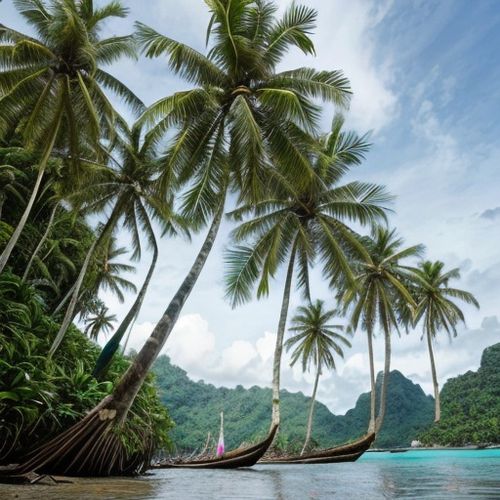
By Samuel Cooper/Apr 28, 2025
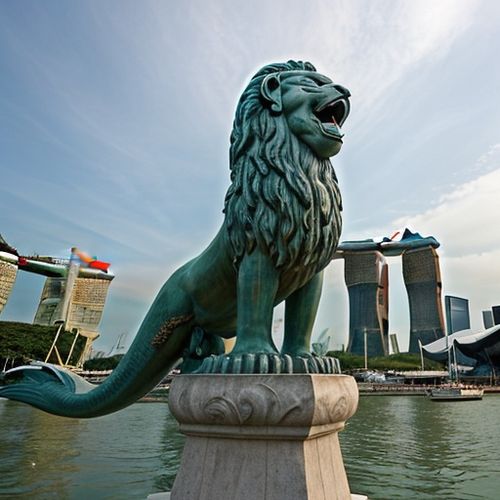
By Grace Cox/Apr 28, 2025
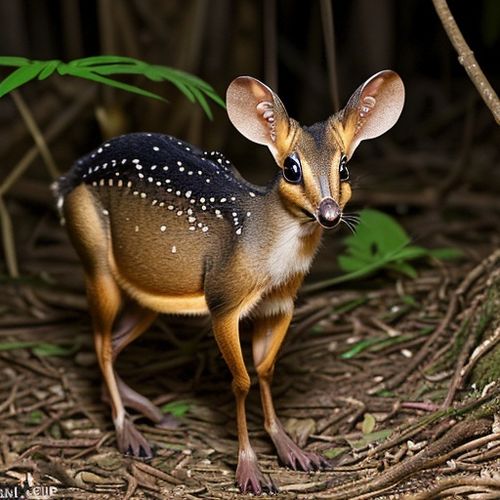
By George Bailey/Apr 28, 2025

By Rebecca Stewart/Apr 28, 2025
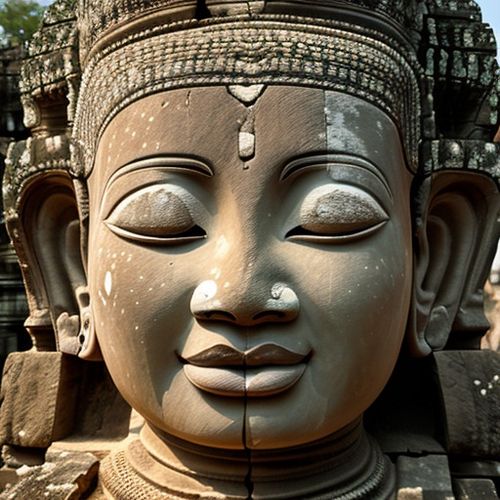
By George Bailey/Apr 28, 2025

By Olivia Reed/Apr 28, 2025
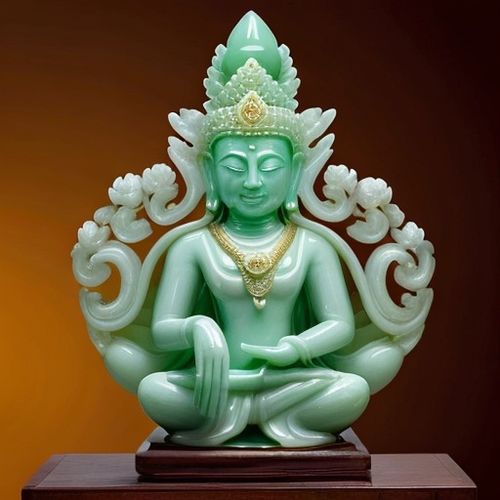
By Eric Ward/Apr 28, 2025
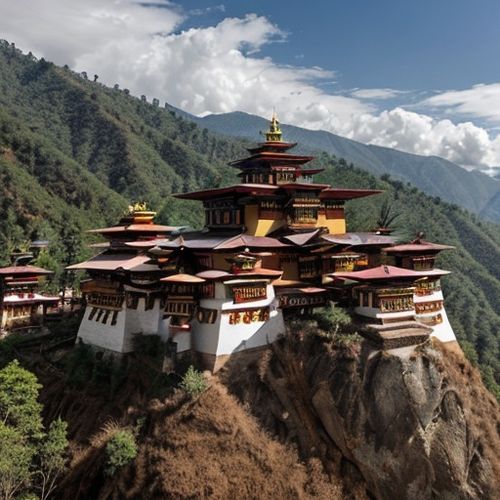
By Benjamin Evans/Apr 28, 2025
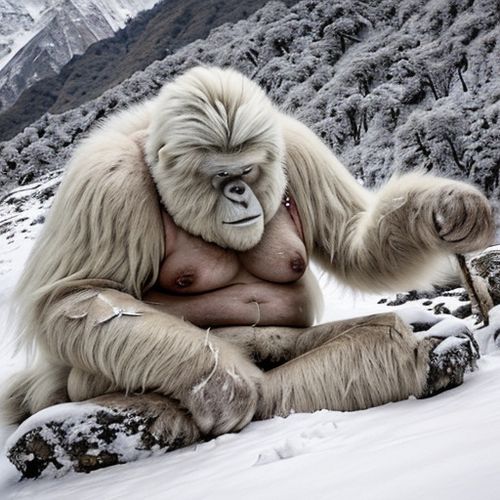
By Amanda Phillips/Apr 28, 2025
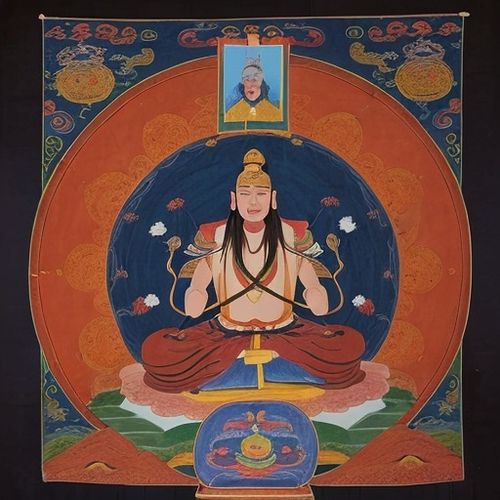
By Sophia Lewis/Apr 28, 2025
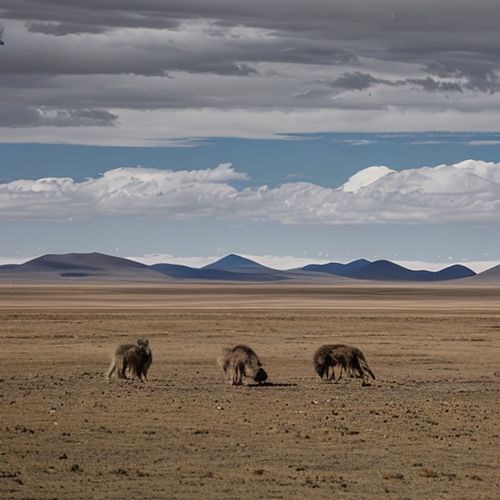
By Christopher Harris/Apr 28, 2025
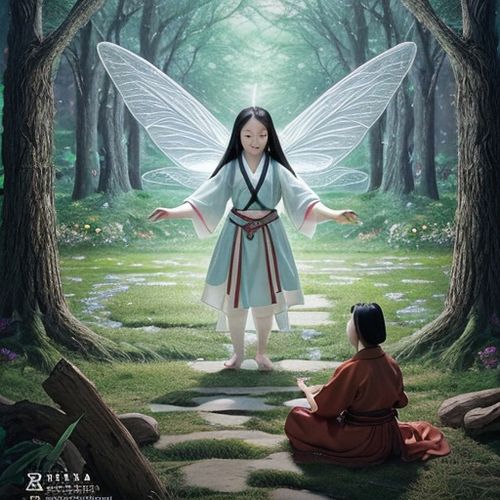
By Benjamin Evans/Apr 28, 2025
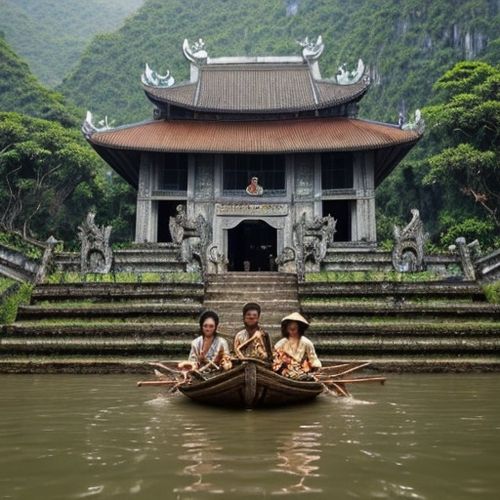
By Rebecca Stewart/Apr 28, 2025
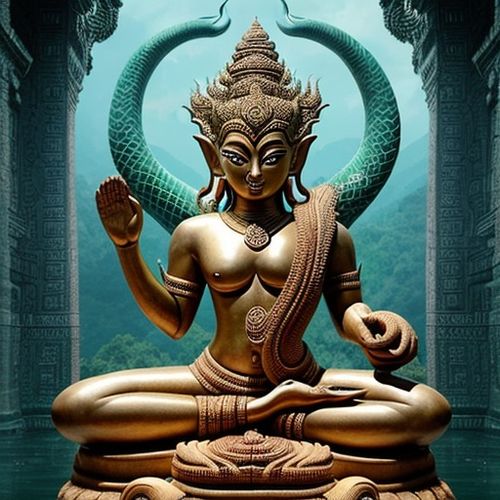
By David Anderson/Apr 28, 2025
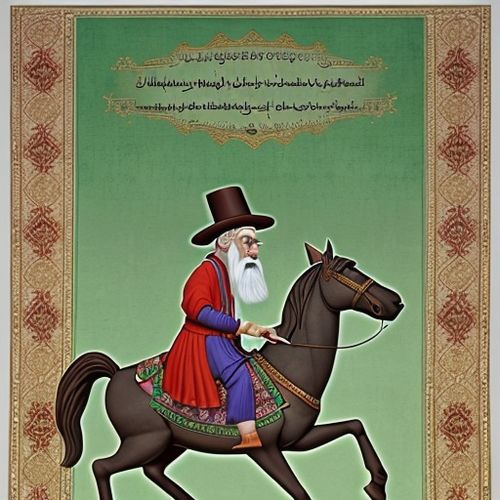
By Olivia Reed/Apr 28, 2025
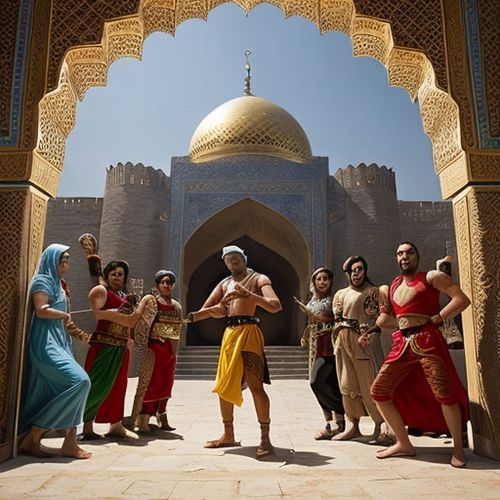
By Lily Simpson/Apr 28, 2025
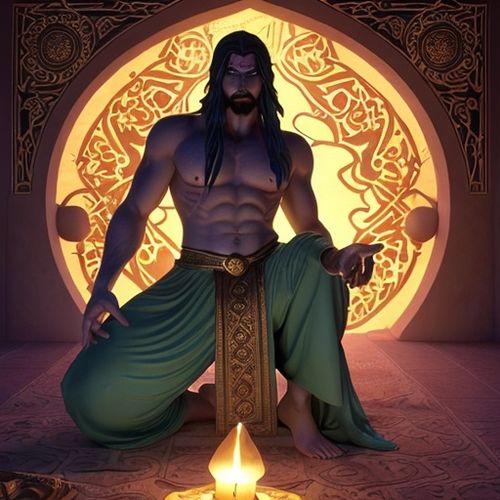
By Emma Thompson/Apr 28, 2025
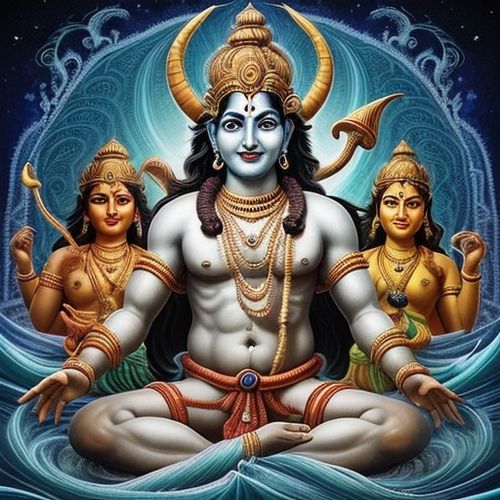
By Laura Wilson/Apr 28, 2025